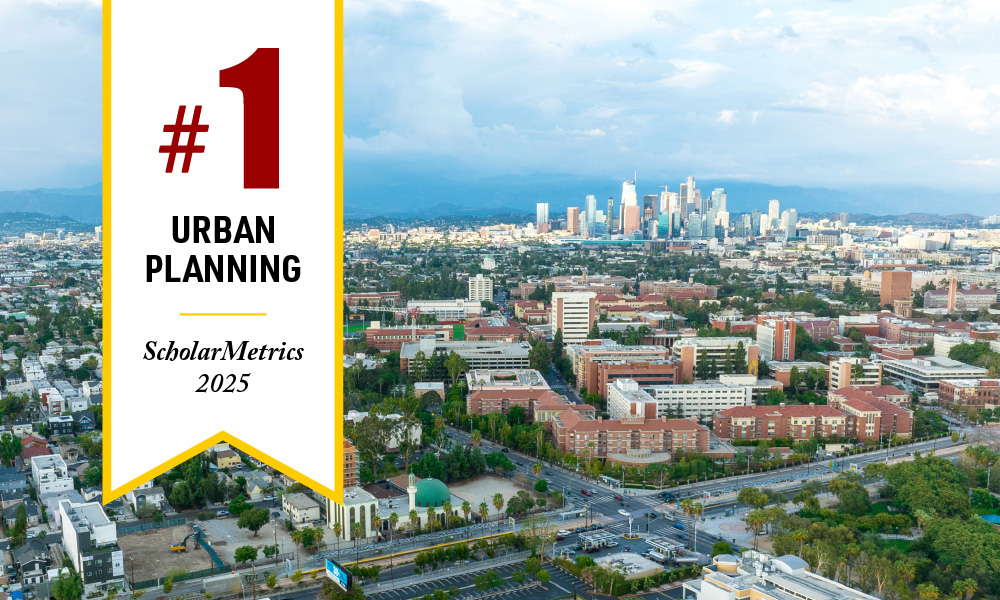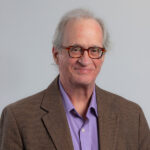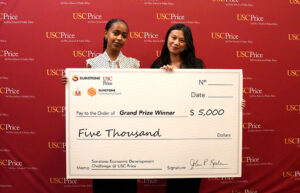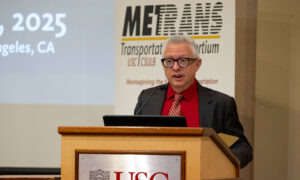The USC Price School of Public Policy is the top-ranked school in urban planning research citations, according to new data from ScholarMetrics.
Research from the USC Price School’s Department of Urban Planning and Spatial Analysis had the highest number of median citations – with 3,799 among 15 full-time faculty members – according to ScholarMetrics, a website that tracks urban planning scholarship. The ScholarMetrics rankings, compiled by Texas A&M University Professor Tom Sanchez, uses “median citations” – or the middle number of citations among individual faculty members – to avoid one or two faculty members skewing an entire department’s score.
“We strive to be a great planning department,” said David C. Sloane, Professor and Chair of the Department of Urban Planning and Spatial Analysis. “This ranking, like all rankings, should be taken with a grain of salt, but the ranking demonstrates the reach and success of our faculty members, which makes me proud as Chair.”
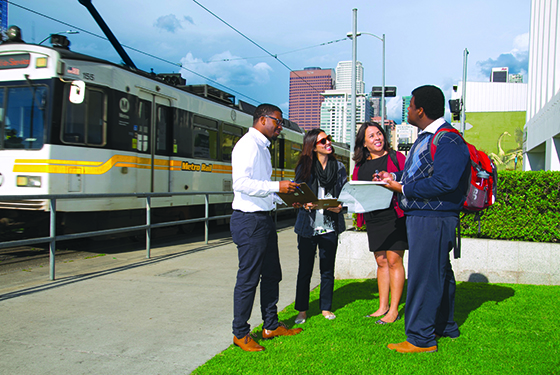
Master of Urban Planning
Make Cities More Just, Livable & Sustainable
USC’s MUP degree trains students to improve the quality of life for urban residents and their communities worldwide.
Find Out MoreThe New School, MIT, UCLA and New York University rounded out the top five schools.
The USC Price School – currently ranked No. 2 in the nation in Urban Planning and Policy programs by U.S. News and World Report – produces research that informs policymakers on topics ranging from transportation to climate change.
Urban planning faculty have examined the disaster resilience of street network designs, identified obstacles to electrifying cargo trucks at sea ports, measured the impact of COVID-19 policies on commute traffic, surveyed residents in neighborhoods that lack tree shade and revealed an air pollution paradox in Los Angeles, just to name a few examples.
“We have a very strong set of transportation scholars, a leading younger scholar of street networks and a strong group thinking about sustainability, food, economic development, and urban design,” Sloane noted. “The combination is what really matters.”ScholarMetrics uses citation data from Google Scholar and Harzing’s Publish or Perish, focusing only on active, full-time, tenure-track faculty research.
